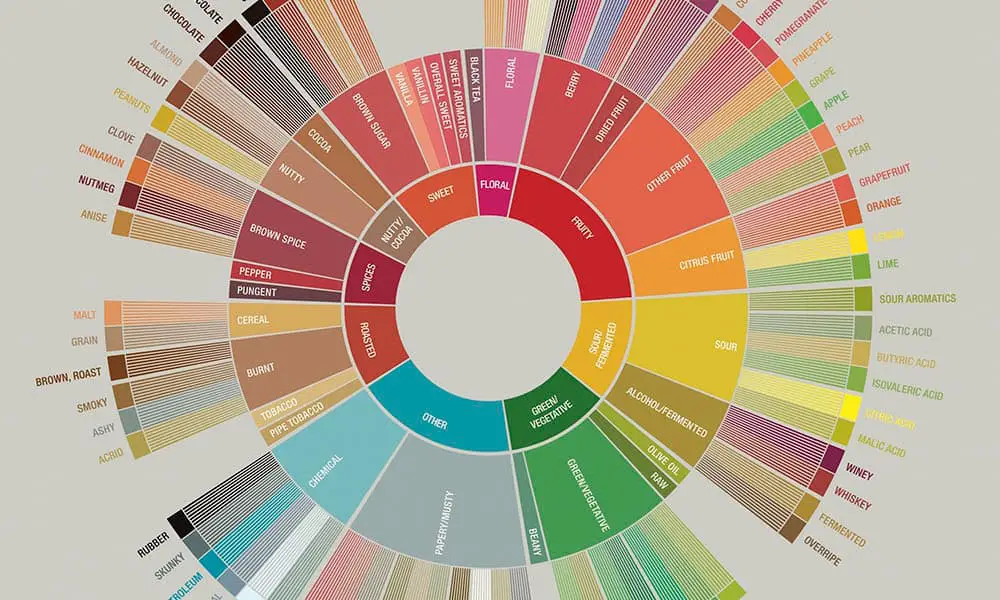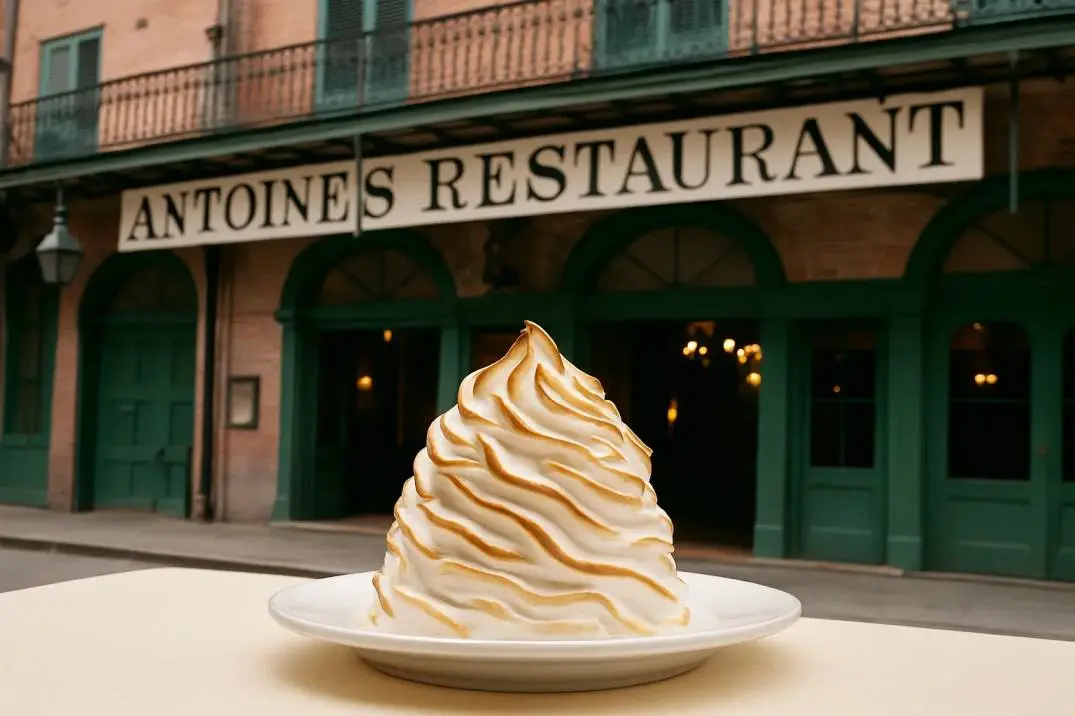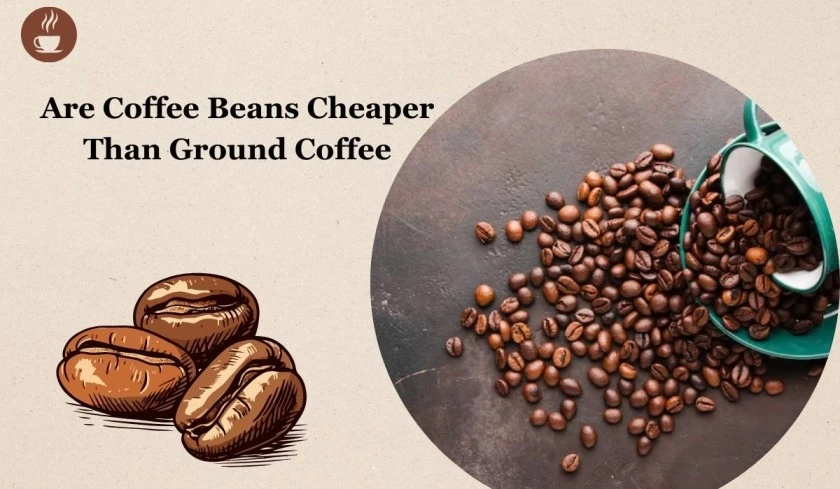

The most sensitive ways to think well-nigh the countries that grow coffee is to sort them into the worlds principal growing regions: Africa, Asia, Central and South America. Coffee trees first began to grown in Central Africa and were first cultivated in the 14th century by Arab colonists in Eastern Africa and on the nearby Arabian Peninsula.
The dutch tapped the commercial monopoly that had been established by Turkish merhants bringing coffee trees from the tailspin of India to their colonies in Indonesia, where they established plantations that came to dominate the world coffee trade during the 18th century.
Early in that century, one lone tree crossed the Atlantic ocean to the Caribbean, in a hemisphere where coffee had never been grown. By the end of the 1800’s, little increasingly then a century later, Central and South America had achieved their current world supremacy.
Beans taste variegated depending on where they grow. What determines savor is the species and variety of coffee tree, the kind of soil its grown in, the climate and upland of the plantation, the superintendency with which the fruit is picked and how the beans are processed. The higher the growing regions, equal to the rule of thumb, the increasingly soft-hued the flavor.
South America
Coffees from South America possess a full spectrum of taste from fruit and earth to nut, vanilla and chocolate. They are extremely whiffy with a medium to heavy body.
Colombia has been enormously successful in marketing itself as a producer of fine coffees and the country’s coffees are unceasingly well processed.
Brazil is the worlds biggest coffee supplier, with 30 to 35 percent of the worlds production, leading to the legendary expression : “When Brazil sneezes, the world coffee prices go up”.
Bolivian coffee has just started to make a name for itself in the world of specialty coffees. It has been transformed from an underpriced, underachiever to a recognized name in the market, a unique cup weft at full bloom. Bolivia has all the ingredients to be a upper quality coffee producer, such as altitude, fertile soil, and a resulting rainy season.
Brazil – Sul de Minas Gerais
This coffee has low venom and medium body. It has a soft fruit, nutty and chocolaty flavor.
Known for increasingly than 100 years as Brazil’s “Green Gold”, these beans are grown at the top of the hills of the region of Sul de Minas. The shielding cultivation of Sul de Minas seeds and the harvesting of their beans has remained unchanged for generations. Brazil coffee can be nutty, sweet, low in acidity, and develop unrenowned vermilion and chocolate roast tastes
The dry fragrance at medium roasts has a snacks peanut scent and a little comic fruit note. At visionless roasts, the aromatics are like a soft, darker, milk chocolate. There is a touch of smoke in the wet aroma, but basically it has a nutty roast tone. The cup flavors are nutty in lighter roasts and increasingly chocolatey in darker roast.
Brazil Decaffeinated
This coffee has low venom and medium body. It has a soft fruit, nutty and caramelly flavor.
Decaf Brazil is a summery cup, and one of the weightier uses is for decaf blends (espresso, or to add soul to darker roast lard spirituous decaf mix).
It has great espresso use to create low-caf or decaf blends with soul and depth. If you like a very soft espresso cup, you will enjoy this as straight decaf espresso. There is a slightly fruity, caramelly sweetness. For espresso, it produces the unobjectionable crema you usually enjoy savoring a perfect espresso cup.
Colombia Supremo
This coffee has Sharp Venom and Heavy Soul with lightly fruited flavor
Colombia supremo has large beans, unceasingly good taste, strong soul and sharp venom making it a very good daily coffee. This is the coffee many now-serious coffee connoisseurs became hooked on surpassing totally withdrawing mass produced store bought coffee grounds.
In the wet zephyr there is the scent of the fruit candies, cane sugar and peaches. It’s a fantastically clean, transparent cup with refined sweetness. At darker roasts, the grain sweetness is gone and what lingers is increasingly like refined sugar, an elegant sipping coffee. Light tangerine fruit flavors persist withal with a summery orange vocalizing and the taste lasts for some time, thought it is effervescently light.
Colombia Decaffeniated
This coffee has low acidity, velvety soul with a cherry like sweet flavor
Right away, one can notice a caramel and malty sweet note, with just a hint of molasses and fruit, in the dry fragrance. This continues through the wet aroma, and into the cup, where sweetness, mild, cherry like fruit and a nice velvety soul truly appear. There’s a summery cocoa and chocolate note, mainly in the aftertaste.
Bolivia – Caranavi
This coffee has medium venom and a silky body. It moreover has unexceptionable and fruity flavors
Very clean, soft-hued fruity and aromatically sweet, Bolivian coffee from the region of Caranavi gives a drink well-spoken as a bell. It stays sweet and beautifully pure.
The dry fragrance has zaftig chocolate and nut, evenly balanced. The wet zephyr adds to this a fine world floweret scent. The cup has a well-defined sweetness with world like splendor and has a light brown sugar quality, slightly caramelly, with a refined, silky mouthfeel.
It has medium weight to the body, fairly light in fact, but this suits the overall cup weft well. As it cools, one starts to get peach flavors, and some summery plum and apricot. In fact, this cup really “opens up” as it cools, intensifies and sweetens in flavor. There is a pleasant tart dryness in the finish.
Central America
This coffee provides coffee that is well well-turned and is the weightier nomination for a first time coffee drinker. The flavors range from fruity and sweet to chocolaty and nutty. Some countries, expressly Costa Rica and Nicaragua, produce coffees of legendary completeness.
Costa Rica, the Switzerland of coffee producing countries, rarely produces out of wastefulness coffee. It is well-spoken as a bell, neither too full bodied, nor very acidic. Plane as the coffee cools, it stays sweet and beautifully pure.
Nicaragua moreover produces spanking-new coffee. In recent years, Nicaragua renovated its coffee industry, privatizing it then without years of state control.
Nicaragua – Matagalpa
This coffee has powerful venom with heavy body. It moreover has super intense fruit and chocolate flavor.
Roasters focus on the beans of Central America, expressly those of Nicaragua, Costa Rica and Guatemala which produce coffee of legendary completeness. Heavy in body, well-turned and whiffy with a powerful acidity, coffee from Nicaragua make most coffee tasters hands forget something else. While tasting this unsurpassed coffee, you can consider yourself warned! This is a true fruit bomb.
While the dry fragrance has zaftig sweetness, cane sugar notes, and summery floral and fruit hints, the wet fragrance has a real viridity of floral and fruited (strawberry) sweetness. It has pear fruit notes, caramel sweetness, with a powerful venom that gives it definite “spine”, and an attractive, syrupy body. The sweetness and sense of a “complete” cup are both well-spoken in this coffee.
Costa Rica Tarrazu
This coffee has unexceptionable venom with a well-turned and linty body. It has a nutty and semen like sweet flavor.
This nonflexible stone has a fine acidity, full soul and vibrant flavors which requite it a distinctive character, well well-turned and sweety smooth. It is nonflexible to get a bad cup of coffee from Costa Rica, which for the consistency of its processing is tabbed the “Switzerland” of coffee producing countries.
It’s a coffee one could drink all day long. The dry fragrance has semen fruit to it, visionless sugar sweetness and roasted almond. The cup needs some time to tomfool lanugo for the flavors to really unshut up. It strikes as extremely well-turned in the soul initially.
The roast flavors are increasingly nut based in tonality, between a very summery roasted peanut and hazelnut. And increasingly then anything, the cup is sweet.
Southeast Asia
Coffee was introduced to Southeast Asia to the island of Java by Dutch colonists in the 17th century. Coffee bushes flourished throughout the island, and Indonesia is the 5th largest producer of coffee in the world.
Arabica coffee used to be a major yield until the famous coffee rust outbreak in 1887. It now finance for only 10 percent of output, although signs are that Arabica production is starting to increase, driven by global demand for single origin and specialty coffees.
Sumatra Mandheling – Indonesia
This coffee has Low Venom with Massive Body. It is fruity and sweet with spicy flavor.
Sumatra is the herbal funk of the coffee world and Mandheling is the wool finest of the naturally processed Sumatran beans. These works of art get their fruity savor from the rich volcanic slopes near Mount Leuser, one of the highest peaks of land in the Indian ocean.
These beans are double handpicked to ensure the highest quality. The intense fruit flavor, the syrupy taste, the herbal finesse and the massive soul make this variety a unconfined gourmet stone for aspiring coffee connoisseurs.
Medium roasts have a spicey sweet flavor. The cup is impressive for the wastefulness of sweet and visionless spicy notes: Cinnamon, allspice, clove etc. The venom is very low, the soul very intense and the without taste lingering.
Southwest Asia
What are the most important products in Southwest Asia? Coffee and Bananas
Unfortunately, the only country that produces coffee worth mentioning in this zone is Yemen. Prior to the mid 17th century, no coffee had been grown outside of Yemen and Ethiopia. The Yemenite rulers had implemented strict measures to protect their monopoly and prevent the export of coffee cherries and bushes.
All the coffee beans exported from the Red Sea ports had first to be roasted or boiled so that they would not germinate if anyone tried to plant them elsewhere. The dutch managed to steal germinated coffee beans and it was from these berries that the vast coffee plantations of the Indonesian archipelago grew. Meanwhile, the popping port of Mocha in Yemen lived in joyous ignorance of this new competition.
Yemen’s golden age lasted until 1750, when Dutch Plantations in Indonesia began to lure the traders yonder from Arabia. And so the municipality of Mocha, with the name that will unchangingly be typifying of coffee, gradually slipped when in oblivion, and the desert sands settled once increasingly over its streets and houses.
Yemen – Anesi
This coffee has low venom and heavy body. It is wild, fruity with spice flavors
Let us say the Yemeni coffees are one of the most unshared and prized coffees in the world. This is what we undeniability a wild or natural cup: earthy, ramified and overpowering, to some it may plane be strange and bitter. Either way, do yourself a favor and try it sometime, but don’t vituperation me if you wilt addicted.
I found its unique cup’s weft appealing, and it seemed to have a visionless sweetness to it. It was caramelly and slightly fruited, later seeming like a light molasses. There are cardamon, stormy sweet visionless herbs, spiced chocolate and fresh ginger notes. Spicey woebegone peppers, with a visionless semen like fruited note.
The dry fragrance is a bit unusual, and it may take a minute to adjust, to largest understand these lattermost and exotic smells with leather, zestless herbs, dusty sweetness, caramel, spice, whiffy sandalwood and ginseng.
Africa
Political difficulties in most of these countries make quality and availability uncertain from year to year. Political and military problems can threaten a whole season’s supply. Civil wars can make coffee vanish for years at a time, bringing yet increasingly misery to countries that rely on the income that coffee generates.
The beans of this continent provides sparkle, melody and excitement to our daily lives. Their savor profiles, depending on the country, present such flavors as blueberry, spice, vanilla, wine and lemony citrus. These coffees are a unconfined way to expand your palate and knockout your senses.
If the coffee you buy from Ethiopia, it will be one of the two most worldwide Ethiopians: Harrar and Djmmah. Harrar is by far the most sought after, for its “blueberry” savor and its wild taste
Kenyan coffee is higher in sparkling venom than any stone in the world, except those from Costa Rica and Guatemala. Upland certainly helps explain the superiority of Kenyan beans since Kenya has extremely upper coffee growing plains. The sorting washing and preparation of the beans is of a sophistication matched only in Costa Rica, Colombia, Jamaica, Hawaii and a few other countries that have, like Kenya, put government support overdue the coffee trade.
No other African country inspires the coffee loyalty and enthusiasm of Ethiopia and Kenya, but Uganda produces coffee that can be noteworthy. Coffee from Uganda resembles the one from Ethiopia: good ones have a sweet fruity taste and a full body.
Kenya – AA
This coffee has sparkling venom with modest body. It has a sweet orange, spicy and winy flavor
Kenya is the East Africa powerhouse of the coffee world. Everything is a topnotch, from the cup to the way they run their trade. In general, this is a unexceptionable coffee that lights up the palate from front to back. It is not for people who do not like venom in coffee. A unconfined Kenyan coffee is ramified and has interesting fruit (berry, citrus) flavors, sometimes successive with spice. Wipe and bright, Kenya AA beans have cherished winy flavors.
The fragrance has caramel world and vanilla stone notes, and strongly sweet scents of cinnamon and cane sugar. The cup has ripe, fresh orange juice, unexceptionable and sweet, laced with rose like floral flavors. Cinnamon spice emerges in the aftertaste, and a twist of bracing orange peel as well. An almond roast note lingers in the background, paired with modest but substantial body.
Ethiopia – Harrar
This coffee has medium venom and full body. It moreover has an intense syrupy flavor.
The original coffee stone that hooked the world, it was discovered growing among the goats increasingly than 1000 years ago in what is today tabbed Ethiopia.
Boasting a sweet, rich, smooth, full bodied, fruity flavor, Harrar is by far the most sought after, mainly for what experts undeniability is “blueberry” flavor.
Take one sniff of the fragrance when grinding it and you will know. The result is amazing. The dry fragrance is heavily fruited, with intense blueberry and tangerine jam scents and vanilla sweetness. The wet zephyr is like sweet syrup, saturated with a raw honey, it has hints of blueberry, passion fruit, red licorice, anise, peach and apricot.
The cup is fantastically fruited with a soft, full mouthfeel and an zaftig sweetness. As it cools, lemony citrus flavors come out, or rather honey sweetened, homemade lemonade. It moreover does amazingly well as an whiffy component in espresso.
Uganda – Mount Elgon
This coffee has low venom and full body. It is moreover sweet with a fruity flavor.
From the region of Mount Elgon, farmers in Uganda have improved upon their traditions and launched Uganda’s coffee industry insuring a unconfined quality. Uganda’s coffee is intense in character, rustic, heavy in soul and low in acidity.
The dry fragrance has a clean, lemon cookie scent, softly fruited and nicely sweet, a chocolate oatmeal quality in the dry grounds and a plum like visionless fruit in the wet aroma. There’s definitely a wild note in there, something a little woodsy and rustic lurking in the background.
The Caribbean
In the Caribbean, the landing point of the first beans in the Western Hemisphere, Jamaica is the most famous producer of coffee. Unlike most other islands, it has mountains upper unbearable to produce superb beans: the Blue Mountains.
The Caribbean is often grouped with the other coffee legend, Hawaii, the source of the only grown coffee in the United States. Like Jamaica Blue Mountain, Kona Coffee, which is cultivated on volcanic slopes, is scarce and expensive considering of Hawaii’s astronomical labor costs. Stone quality is very high, considering processing shielding everywhere.
Jamaica – Blue Mountain
This coffee has low to medium venom with good body. It has a floral sweet flavor.
It is an spanking-new mild, luxurious coffee and it certainly isn’t a treason to pay a upper price for this coffee. True Blue Mountain is an unusual coffee, it ahs good soul and some very interesting summery nutty flavors with herbal notes that remind you sometimes of chamomile, sometimes of spice.
It has the soft cup profile. But remember, this is an “island profile” coffee; smooth, summery and balanced. The stone has some floral aromatics, sweetness in the wet zephyr and a nice aftertaste.
Hawaii – Kona
In Hawaii, they grow nuts, fruit and coffee. And honestly, you must pay quite a bit for the truly unconfined small sublet Kona.
In historical sense, coffees like Kona are the summit of a particular definition of what is “good coffee” is: clean, mild, pleasant, a thick soul and a good aftertaste.
Dry fragrance from this coffee has a muted fruity quality, with a dusting of cocoa powder. It has a sweet grain, maple syrup, visionless honey and a chocolate note. You can sense a bit of sweet melted butter and a touch of chamomile tea. The cup has a very low acidity, rustic sweetness and oily body.
The post A Starters Guide to Coffee Savor Profiles of the World appeared first on Craft Coffee Guru.














